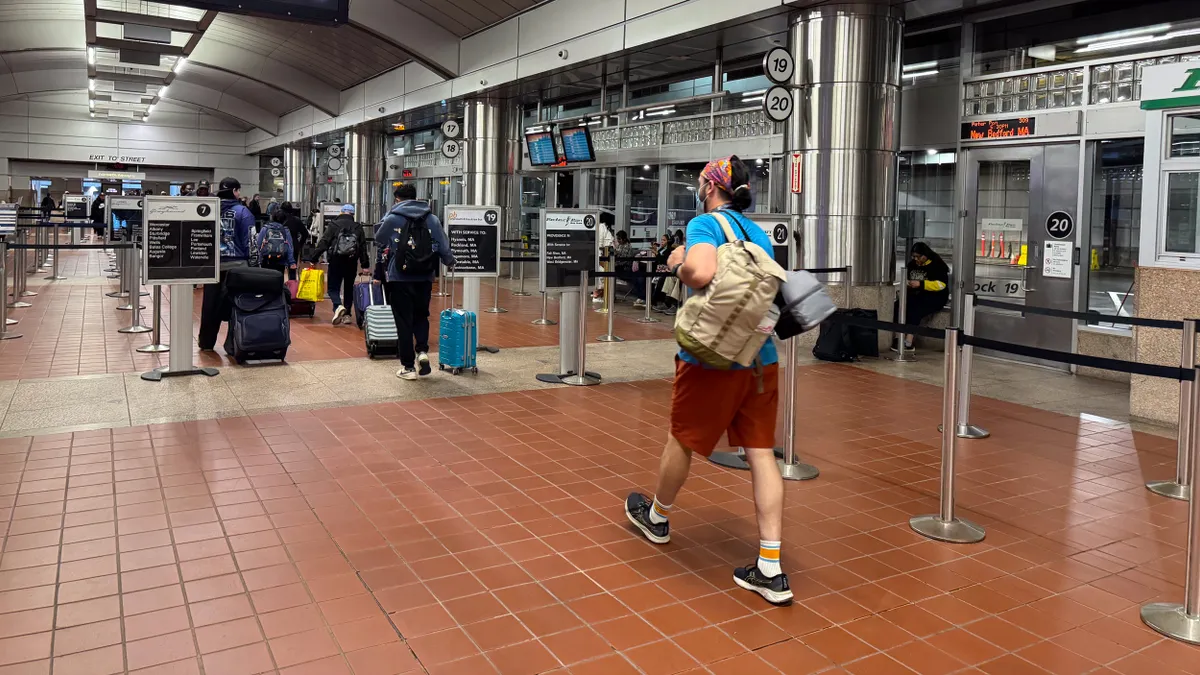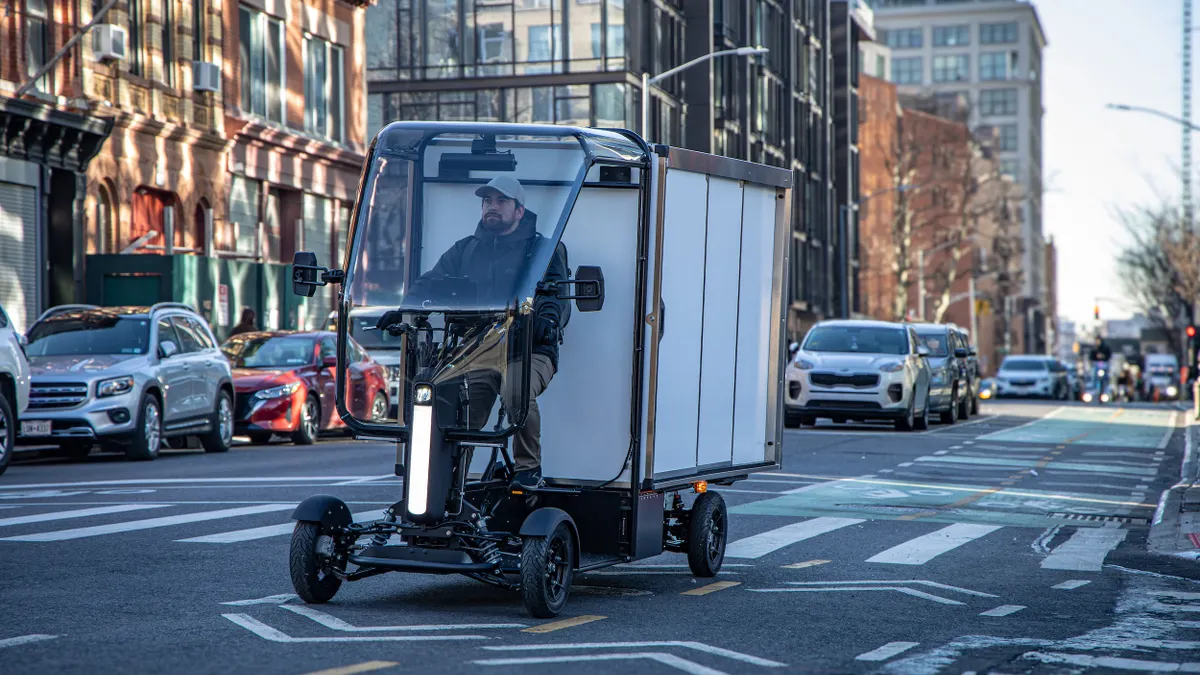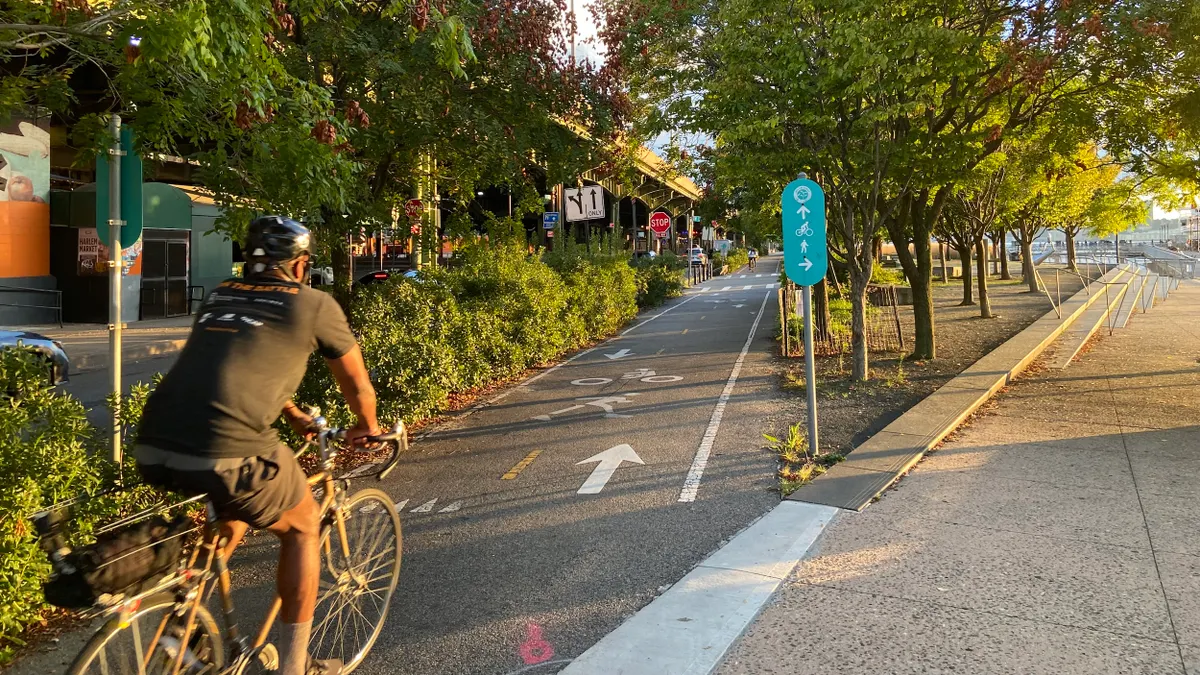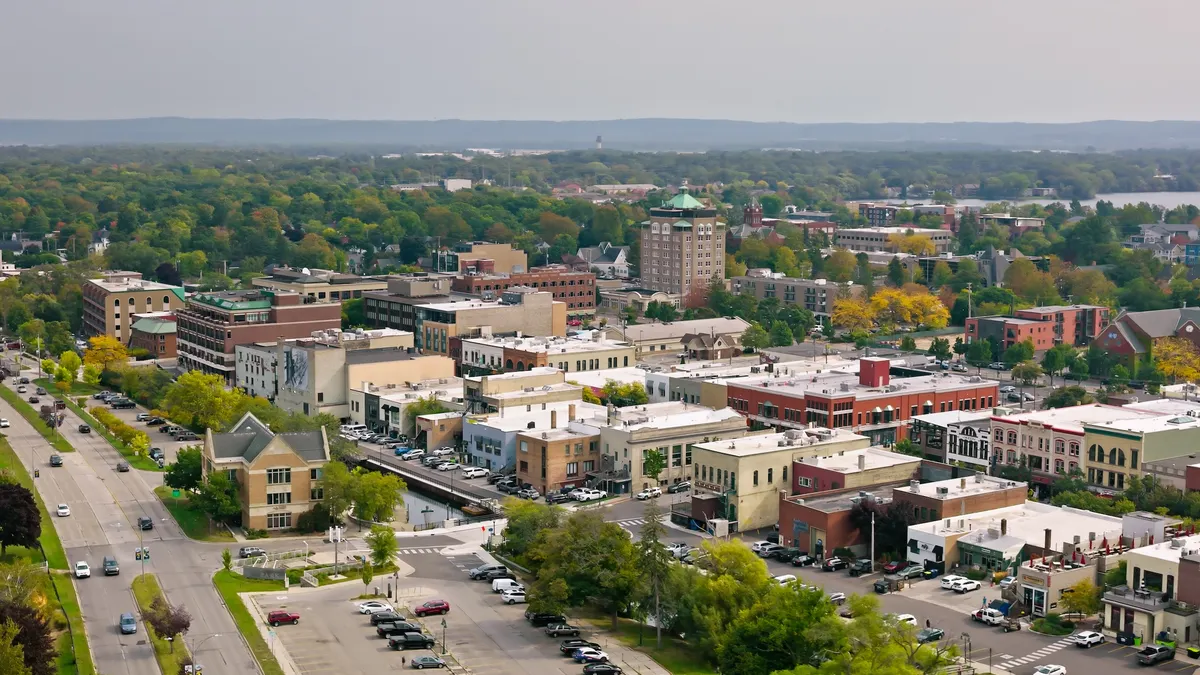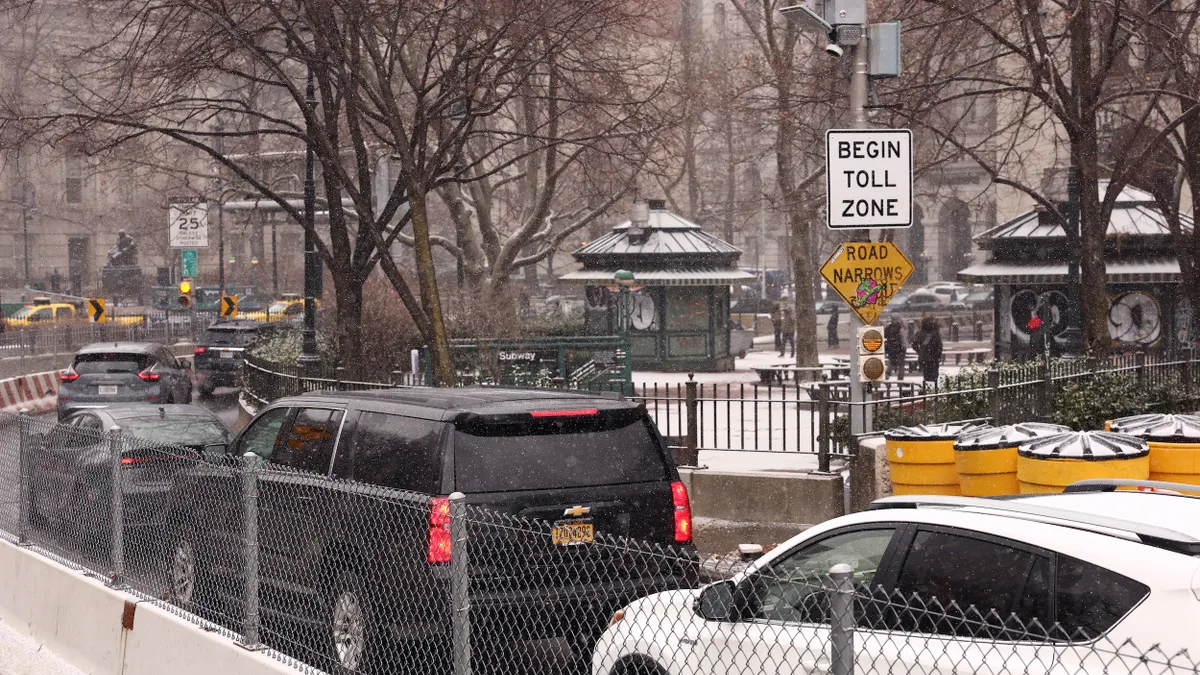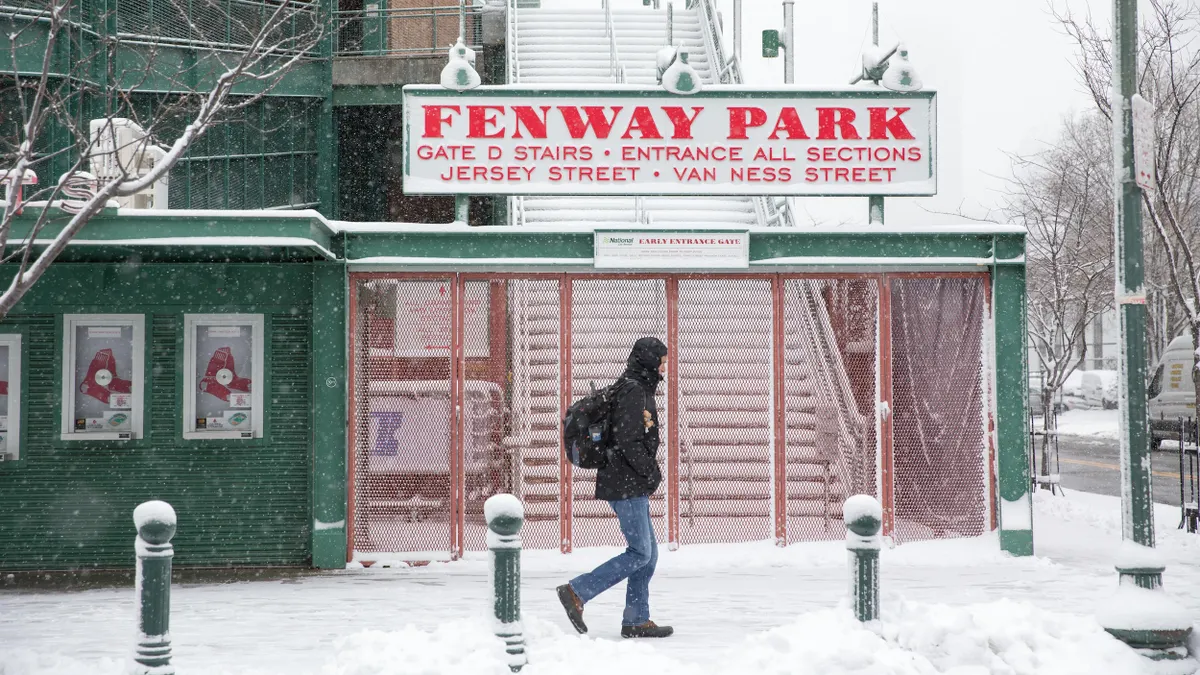Intercity buses might be called the neglected child of the transportation modes. “If a stakeholder doesn't ride the bus, they don't think about the bus,” Kaitie Czuchaj, head of government affairs at Flix North America, said in an interview.
The industry suffered a significant downturn during the COVID-19 pandemic. Even as travel began to return, things got worse for bus riders in some cities. Greyhound’s acquisition by FlixMobility in 2021 did not include most of its bus stations, leaving many riders to stand on the curb waiting for their bus to arrive from a distant city.
C&J Bus Lines owner and President Jim Jalbert is not a fan of curbside bus stops for intercity buses. “What kind of experience is it for a customer who sits out in inclement weather on a street corner … or who has to wait in the cold and doesn't have a safe environment from which to travel to and from?” he asks.
Lately, intercity bus ridership is on the upswing. In 2023, intercity buses carried about 75% more passengers than Amtrak, 50 million compared with 28.5 million. Buses also reach more than three times as many destinations.
“The flexibility of bus — both in the urbanized and non-urbanized areas — is critical.”

Jim Jalbert
Owner and President, C&J Bus Lines
A 2024 report from the U.S. Department of Transportation’s Climate Change Center pointed out this mode’s benefits: “competitive pricing, flexible schedules, and a viable alternative for those seeking to reduce their environmental impact.”
The report also notes that “Successful intercity bus networks rely on strong local, State, and private sector collaboration.” It recommends state and local agencies consider investing in bus stops with adequate shelter and amenities as well as transit hubs allowing easy transfers among transportation modes.
Some intercity bus lines own bus stations. C&J, which serves New Hampshire and Massachusetts with routes to New York City, owns its primary terminal in Portsmouth, New Hampshire; it also completed a terminal facility in Seabrook, New Hampshire, in 2020. C&J also uses South Station in Boston and the Port Authority terminal in New York City. “The flexibility of bus — both in the urbanized and non-urbanized areas — is critical,” Jalbert said.
Public bus stations are an “efficient use of public resources,” Czuchaj said. “Taxpayer dollars, federal resources, have gone into building these beautiful facilities, and when intercity bus [lines come] in, we contribute to operating expenses.”
Cities are getting the message. Several cities are renovating and expanding bus terminals or adding bus facilities to existing intermodal stations, allowing riders to more easily connect with public transportation. Here’s a look at the status of intercity bus stations in eight major U.S. cities.
Boston
Boston’s South Station serves Amtrak and Massachusetts Bay Transportation Authority commuter and subway trains. An adjacent bus terminal is nearing completion on a multiyear project to modernize and increase the capacity of the facility by more than 50%. When complete, new escalators, stairs and elevators will improve connections between the bus and train terminals, making it easier for passengers to move among the available transportation modes.
“Boston's done an awesome job,” said Peter Picknelly, CEO and chairman of Peter Pan Bus Lines, which serves Northeastern cities including Boston. The renovated terminal brings better connections among the bus lines that serve Boston, he added.
New York
In New York City, the 75-year old Port Authority of New York and New Jersey’s Midtown Bus Terminal near Times Square will be replaced with a new 2.1 million-square-foot, $10 billion facility on the same site, with a new entrance along a closed section of 41st Street and a “simplified connection” to the subway network.
"We're very supportive of enlarging the Port [Authority bus terminal], offering more gates,” Picknelly said. Currently, “there's virtually no layover space,” where buses wait between trips, “so you’ve got to drop off and get out, and then it's really hard to find places to park [your bus].”
Atlanta
Last year, a new 14,000-square-foot Greyhound terminal opened in Atlanta with help from Federal Transit Administration funding. The two-story facility contains eight bus slips and connections to Metropolitan Atlanta Rapid Transit Authority rail and transit buses. Greyhound partnered with the Georgia Department of Transportation on its construction and now manages the facility, according to Czuchaj.
“It's also open to other intercity bus providers,” Czuchaj said. “When you start building a public-private partnership or a public infrastructure solution, all providers should have the opportunity to come.”
Dallas
Flix North America, the parent company of FlixBus and Greyhound, will move its main Dallas bus station from an older Greyhound station downtown to a new intercity bus terminal in northwest Dallas next month. The facility, adjacent to a Dallas Area Rapid Transit station, will become the bus company’s primary hub in the Dallas-Fort Worth metropolitan area.
“This new terminal offers better connectivity for DFW-area travelers and reflects our commitment to multimodal solutions,” Kai Boysan, CEO of Flix North America, said in a statement.
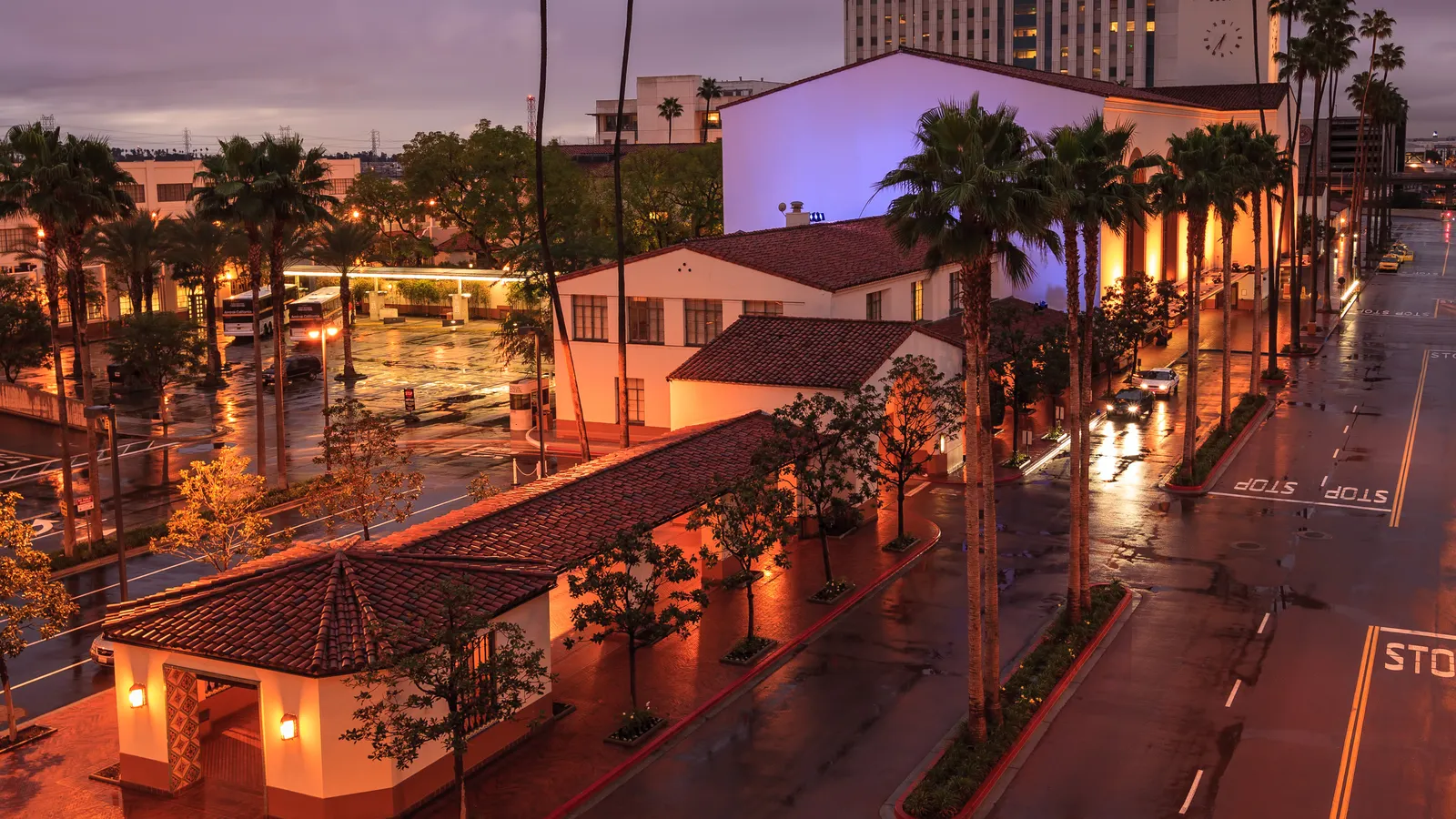
Los Angeles and Washington, D.C.
Czuchaj said intermodal stations are the most important passenger benefit, pointing to Los Angeles Union Station as a prime example. Greyhound and FlixBus operate from the downtown facility, which also offers connections to Amtrak, Metrolink commuter rail, light rail, local bus lines and an express bus to Los Angeles International Airport.
“We've only grown since we've moved into [LA] Union Station,” Czuchaj said. She also cited the bus terminal at Washington, D.C.’s Union Station, which connects Amtrak, Maryland and Virginia regional commuter trains, the Washington Metropolitan Area Transit Authority subway and local and intercity bus lines.
Philadelphia
Philadelphia and Chicago lack modern public bus stations. Peter Pan stops at two Philadelphia locations, an intersection a few blocks from Amtrak’s 30th Street Station and another at the Spring Garden station for the regional subway system, SEPTA, where Greyhound also stops.
Peter Pan’s Picknelly said he’s working with the Philadelphia city government to expand both locations. He offered to buy a possible site and lease it back to the city, according to WHYY. The best the city could offer in a May City Council meeting was that they would begin community engagement on a permanent site this fall, extending into next year. The city hired a consultant to evaluate potential locations.
Chicago
Greyhound’s lease on its Chicago bus terminal expired last fall, although Flix continues to use the facility on a month-by-month basis. The city of Chicago has joined the discussions around a permanent solution for intercity bus passengers. “People are finally coming together,” Czuchaj said. “There has been no disruption in service, and I don't see one coming, either.” She expects to see “a successful end to that project.”



